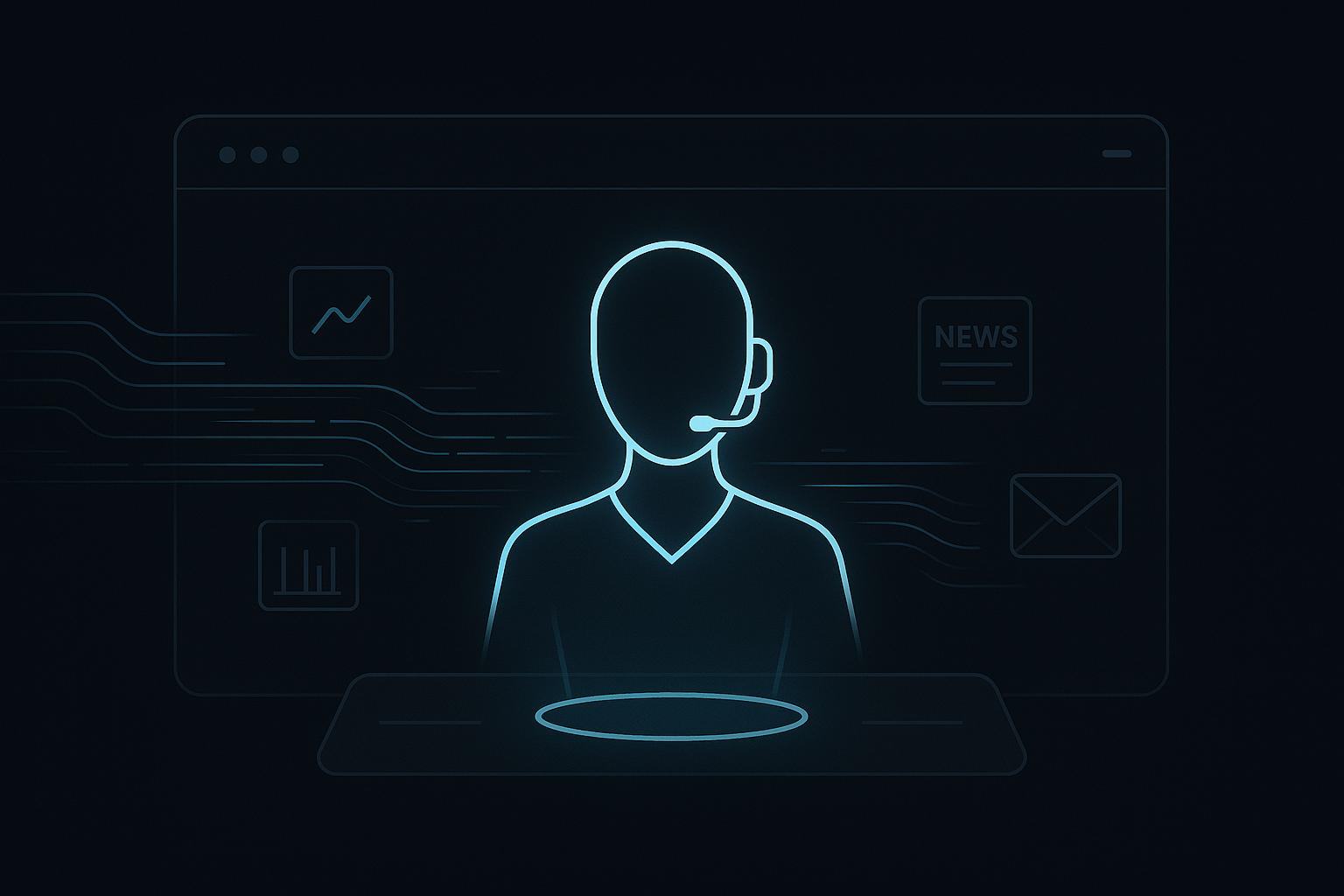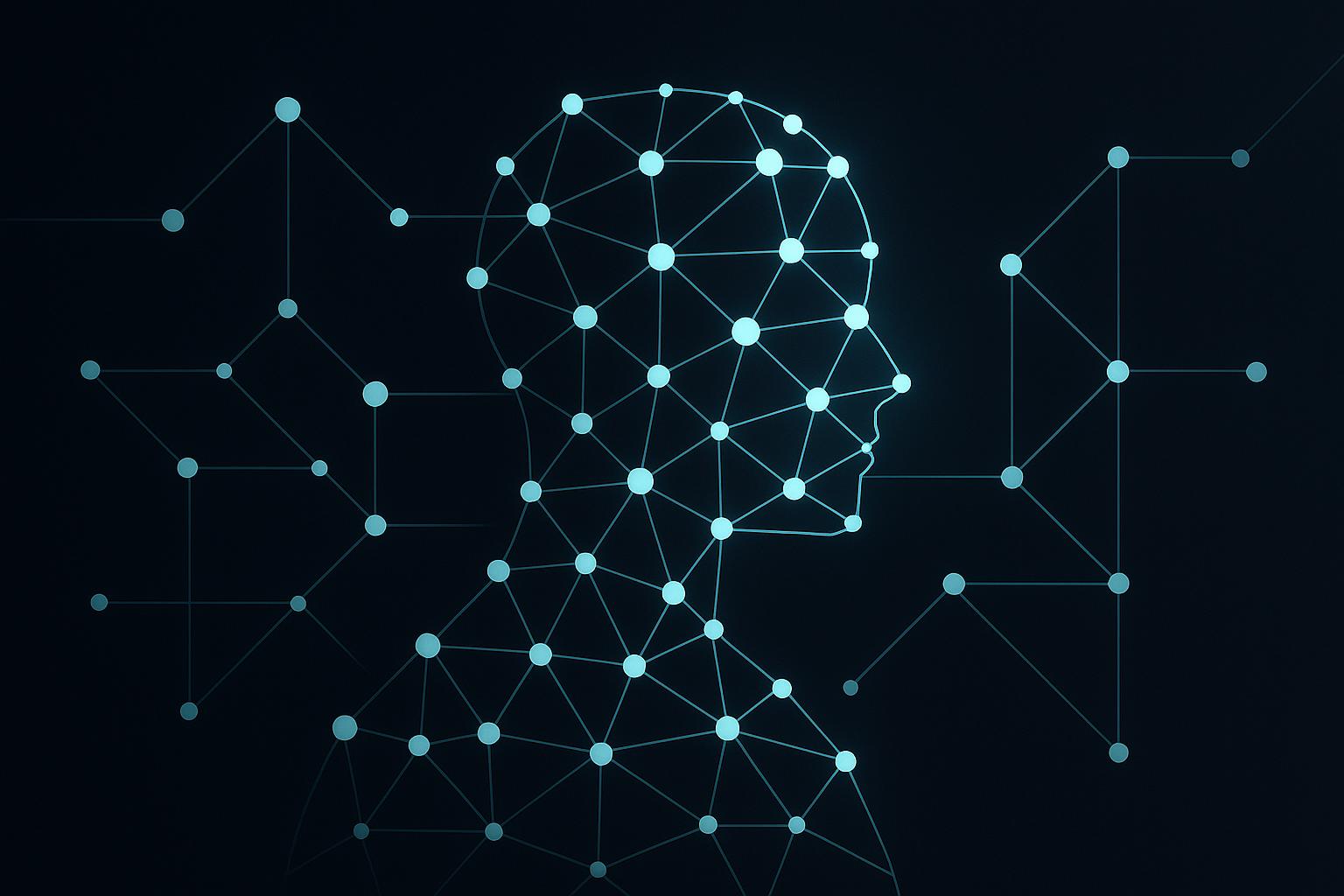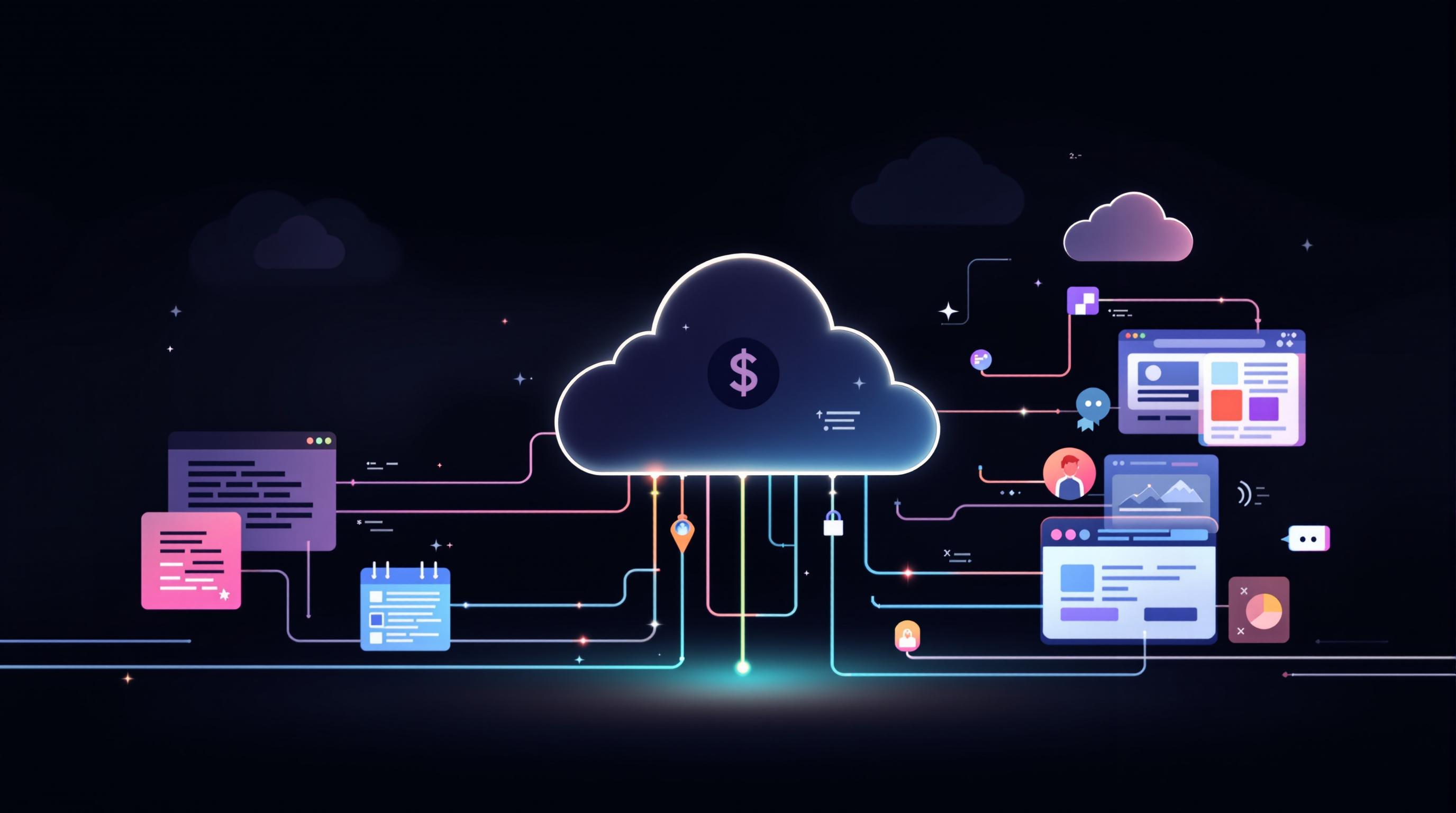Web scraping collects raw data, but making sense of it is hard. That’s where data visualization comes in, turning messy datasets into clear charts and dashboards that reveal patterns, trends, and insights.
Key Benefits of Data Visualization in Web Scraping:
- Simplifies analysis: Quickly spot trends, pricing shifts, or customer sentiment.
- Drives decisions: Real-time visuals help businesses react faster to market changes.
- Improves communication: Visuals make complex data easy to share with stakeholders.
How to Start:
- Clean your data: Use tools like Python’s Pandas to organize and prep data.
- Choose the right tool: Tableau, Power BI, or Python libraries (e.g., Matplotlib, Seaborn) based on your needs.
- Focus on clarity: Use simple, interactive visuals to highlight key insights.
Want actionable insights from scraped data? Start by cleaning your data, picking the right visualization tool, and creating clear visuals to guide smarter decisions.
Python Web Scraping, Data Cleaning, and Data Visualization Tutorial
Why Data Visualization Matters in Web Scraping
Data visualization bridges the gap between raw scraped data and meaningful insights, helping businesses get the most out of their web scraping efforts. Traditional analysis methods often fall short when dealing with large, complex datasets. Visualization makes this process faster and more efficient.
Turning Scraped Data into Clear Insights
Visualization tools take messy, complex datasets and turn them into easy-to-understand visuals. This makes it easier to spot patterns and trends that would be nearly impossible to detect in raw data. For example, when analyzing competitor pricing, interactive dashboards can quickly expose pricing irregularities, seasonal patterns, or shifts in market position - insights that might take days to uncover manually.
Powering Smarter, Faster Decisions
The true strength of visualizing scraped data lies in its ability to drive quick, informed decisions. For example, e-commerce businesses can use real-time visuals to track market changes, allowing them to adjust prices or manage inventory more effectively. Similarly, content publishers can monitor trending topics and engagement patterns to fine-tune their content strategies.
Some of the key advantages include:
- Quickly spotting market trends and irregularities
- Real-time competitor tracking
- Identifying patterns in large datasets
- Simplifying communication with stakeholders through visuals
- Speeding up decision-making processes
Data visualization isn't just helpful - it’s essential for making sense of scraped data. Now, let’s dive into how you can turn your data into actionable visuals.
Steps to Visualize Scraped Data Effectively
Turning raw scraped data into clear and useful visualizations requires a structured approach. Here's how to create visuals that help uncover insights and guide decisions.
Cleaning and Organizing Data
To create meaningful visuals, your data needs to be clean and well-structured. This involves:
- Standardizing formats (like text, dates, and currencies)
- Filling in or handling missing values and eliminating irrelevant information
- Combining data from different sources in a consistent way
Python's Pandas library is a popular choice for these tasks. It provides powerful tools to clean, organize, and prepare data for visualization. Once your data is ready, the next step is selecting the right tools to showcase your findings.
Picking the Right Tools for Visualization
The tools you choose depend on your data's complexity and your goals. Here are some options:
| Tool | Best For | Key Features | Example Use Case |
|---|---|---|---|
| Tableau | Detailed dashboards | User-friendly, wide range of charts | Tracking market trends or competitors |
| Power BI | Integration with Microsoft tools | DAX formulas, AI-driven insights | Analyzing sales performance or customer behavior |
| Python (Matplotlib/Seaborn) | Customizable visuals | Automation, complete flexibility | Technical reporting or in-depth analysis |
Tips for Clear and Effective Visuals
A great visualization is more than just a chart - it tells a story. Here are some tips:
- Match the chart type to your purpose (e.g., line graphs for trends, bar charts for comparisons)
- Keep formatting consistent and labels clear
- Avoid clutter to make visuals easy to understand
- For large datasets, use interactive elements so users can explore details without losing the big picture
sbb-itb-f2fbbd7
Examples of Using Visualization with Scraped Data
Tracking Competitors and Market Trends
Visualizing scraped data can reveal patterns and trends that raw numbers often hide. Tools like BeautifulSoup or Scrapy can collect data, while platforms such as Tableau help transform that data into meaningful insights. This combination allows businesses to monitor competitors and adapt to shifting market trends effectively.
For instance, visualized data can play a big role in fine-tuning pricing strategies, making it easier for companies to adjust in response to market changes.
Adjusting Prices with Real-Time Data
Businesses today rely on scraped data to build dynamic pricing models that adapt automatically to market fluctuations. Visualization tools make this process more intuitive and actionable.
| Component | Role in Pricing Strategy |
|---|---|
| Live Data Feed | Keeps pricing decisions informed with current market data |
| Visual Alerts | Highlights immediate price adjustment needs |
| Trend Analysis | Helps anticipate future pricing shifts |
By connecting scraping tools with programming languages like Python or R, companies can develop real-time dashboards that display actionable pricing insights. This approach ensures businesses stay competitive and responsive to market demands.
Improving Products with Customer Insights
Visualizing customer feedback turns scattered opinions into clear, actionable data. Using tools like InstantAPI.ai, businesses can collect feedback from multiple channels and create visual summaries of user sentiment and requests.
Key insights from visualized customer sentiment data include:
- Common pain points experienced by users
- Patterns in feature requests
- Metrics for measuring user satisfaction
These visualizations help product teams focus on what matters most, ensuring that improvements align with customer needs. Combining AI-driven analysis with clear visuals makes it easier to prioritize updates and innovate based on real user input.
Top Tools for Visualizing Scraped Data
InstantAPI.ai

InstantAPI.ai pairs AI-driven scraping with tools for real-time visualization. It supports advanced features like JavaScript rendering and premium proxies, ensuring reliable data extraction. With pricing that starts at a free plan for 1,000 monthly scrapes, it's a practical choice for both small and large-scale projects.
Using Tableau and Power BI for Visualization

Tableau and Power BI are go-to platforms for building interactive dashboards from scraped data. Each has distinct strengths:
| Feature | Tableau | Power BI |
|---|---|---|
| Best For | Advanced visualizations, storytelling with data | Seamless Microsoft integration, simplicity |
| Data Handling | Excellent for large datasets and real-time updates | Great for large datasets, optimized for speed |
| Learning Curve | Requires more training for advanced features | Easier to learn, beginner-friendly |
Both tools are excellent for turning raw data into actionable insights. Tableau offers more customization, while Power BI is ideal if you're already using Microsoft tools.
Custom Solutions for Specific Needs
Sometimes, off-the-shelf tools aren't enough. For unique data formats or live updates, custom solutions using Python libraries like Matplotlib, Seaborn, or Plotly can be a better fit. While these require programming skills, they allow for tailored visualizations that meet specific requirements.
| Business Need | Recommended Approach |
|---|---|
| Live Market Analysis | Python-based tools like Plotly |
| Competitive Intelligence | Tableau or Power BI with automated updates |
| Customer Sentiment Tracking | InstantAPI.ai with built-in dashboards |
| Complex Data Processing | Custom pipelines with Python libraries |
Using Visualization to Get More from Scraped Data
Key Takeaways
To create accurate and meaningful visualizations, you need clean and well-organized data. Tools like Pandas make this easier by helping you prepare your data efficiently. When it comes to visualization platforms, Tableau is great for advanced customization, while Power BI works well if you're already using Microsoft tools.
The goal of visualization is to turn raw data into actionable insights. When done right, it helps businesses make smarter decisions by presenting data in a way that's easy to understand and act on.
How to Get Started
Begin by identifying what you want to achieve with your visualizations. If you're new to this, InstantAPI.ai is a good place to start - it offers built-in dashboards for quick and simple visualizations. Once your data is ready, pick the right tool to match your needs and skill level.
Here’s a simple guide to choosing the right tools:
| Stage | Tool | Purpose |
|---|---|---|
| Beginner | InstantAPI.ai | Quick setup and basic visualizations |
| Intermediate | Power BI | Integration with Microsoft and scaling |
| Advanced | Python Solutions | Tailored visualizations for complex needs |
Visualization is all about telling a story with your data. Whether you’re tracking market shifts or analyzing customer feedback, pick tools that align with your goals and expertise. Start small, focus on what’s important right now, and gradually expand your skills to make the most of data visualization in web scraping.


